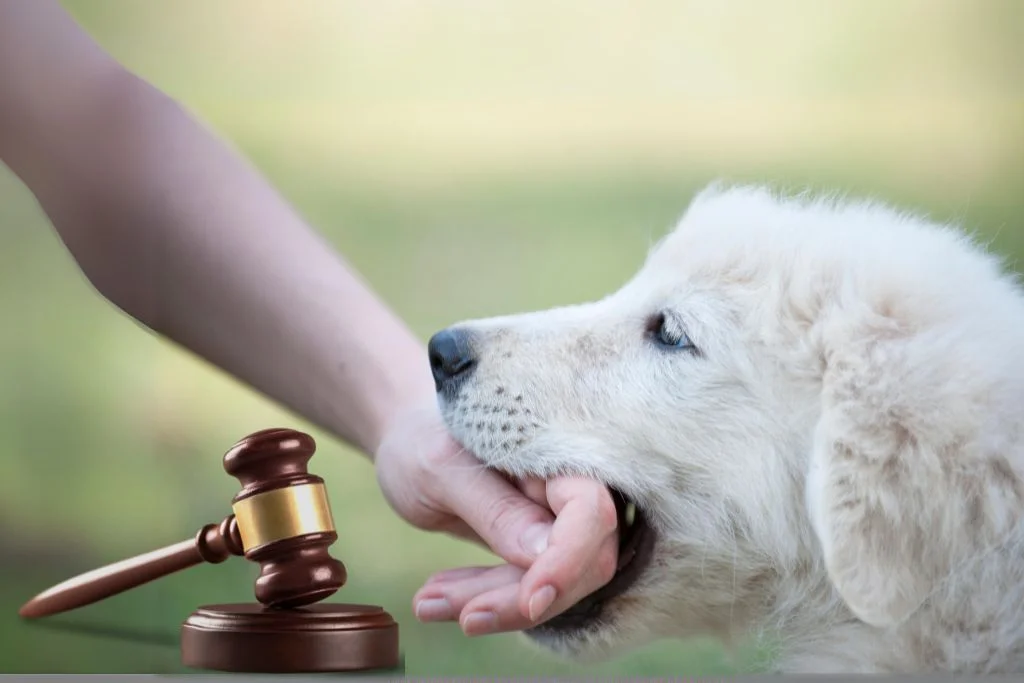
The average Texan loves dogs. This is evident from the statistic that says that out of 58.2% of homes that own pets, 47% are dogs. Dog attacks can cause severe trauma that can last a lifetime. Understanding the legal aspects surrounding such incidents is crucial. Texas’s state courts have ruled that there are two situations in which owners can be found liable for injuries caused by their dogs.
Liability Based on the “One-Bite” Rule
Like many states, Texas follows a version of the “one-bite” rule. This rule means that owners who know (or should have known) that their pets might be dangerous are liable if their dog attacks someone.
Once an owner is on notice that their dog has destructive or aggressive tendencies, they’re responsible for any bites or other injuries it inflicts. The owner is liable even if they acted responsibly and took precautions to protect people from their pet. You can contact Texas dog bite lawyers. They will help you navigate the legal process
Liability Based on Negligence
You can still sue owners who do not think their dogs might be dangerous for negligence. To prove that they are liable in a negligence case, a victim has to show that:
- The owner’s dog injured them.
- The attack happened because the owner was negligent.
Even if a dog does the above, it will not be classified as dangerous if the incident occurs inside the secure enclosure where the dog stays or if someone provokes the dog.
Defenses to a Texas Dog-Bite Claim
Texas dog owners have several potential defenses in response to dog bite allegations.
Owners can argue that the one-bite rule doesn’t apply
An owner sued under Texas’ one-bite rule can defend themselves by:
- Disputing evidence presented by the victim that the dog had never previously behaved in a threatening or dangerous way.
- Showing they had no reason to think their dog might hurt someone—for example, by getting testimony from a dog walker, a veterinarian, or neighbors that their dog was well trained and calm.
If a victim can’t prove that the owner never knew that their dog might be dangerous, the owner can’t be held strictly liable.
Owners can argue that the victim was negligent
Under Texas’ comparative negligence system, the proportion of your responsibility for the incident can reduce your chances of compensation. Plaintiffs recover nothing if they are more than 50% responsible for their injuries. Victims can share responsibility in a dog-bite case if, for example, they carelessly startled or provoked the animal.
Owners can argue that the victim was trespassing
A trespasser is anyone without permission or a legal reason (for example, mail delivery) to be on someone else’s property. Texas property owners aren’t strictly liable for injuries their dogs inflict on trespassers.
A trespasser can recover damages only if they show that the owner’s actions were evil—for example, letting their dog hurt someone intentionally or through gross negligence.
Other defenses can also apply, depending on the facts of the case.

Filing Charges for a Dog Bite
The Texas Health and Safety Code allows you to file a report for a dog attack if:
- The owner did not secure the dog, despite knowing its aggressive nature.
- The owner knew the dog was dangerous, and it struck without provocation outside.
Texas’ Negligence Rule
Texas is a comparative negligence state, which means you cannot get a settlement in a personal injury claim if you are over 50% responsible for your injuries.
Comparative negligence also mandates that your percentage of fault reduces your compensation award for your injury. For example, if you get $5,000 as compensation but are 10 percent faulty, you will only receive $4,500.
Conclusion
Understanding Texas dog bite laws is essential for dog owners and those affected by a dog bite. . Whether pursuing strict liability or negligence claims, knowing the legal framework is crucial for protecting your rights. Seeking guidance from knowledgeable legal professionals can make a difference in the outcome of a case.
In case you missed!











